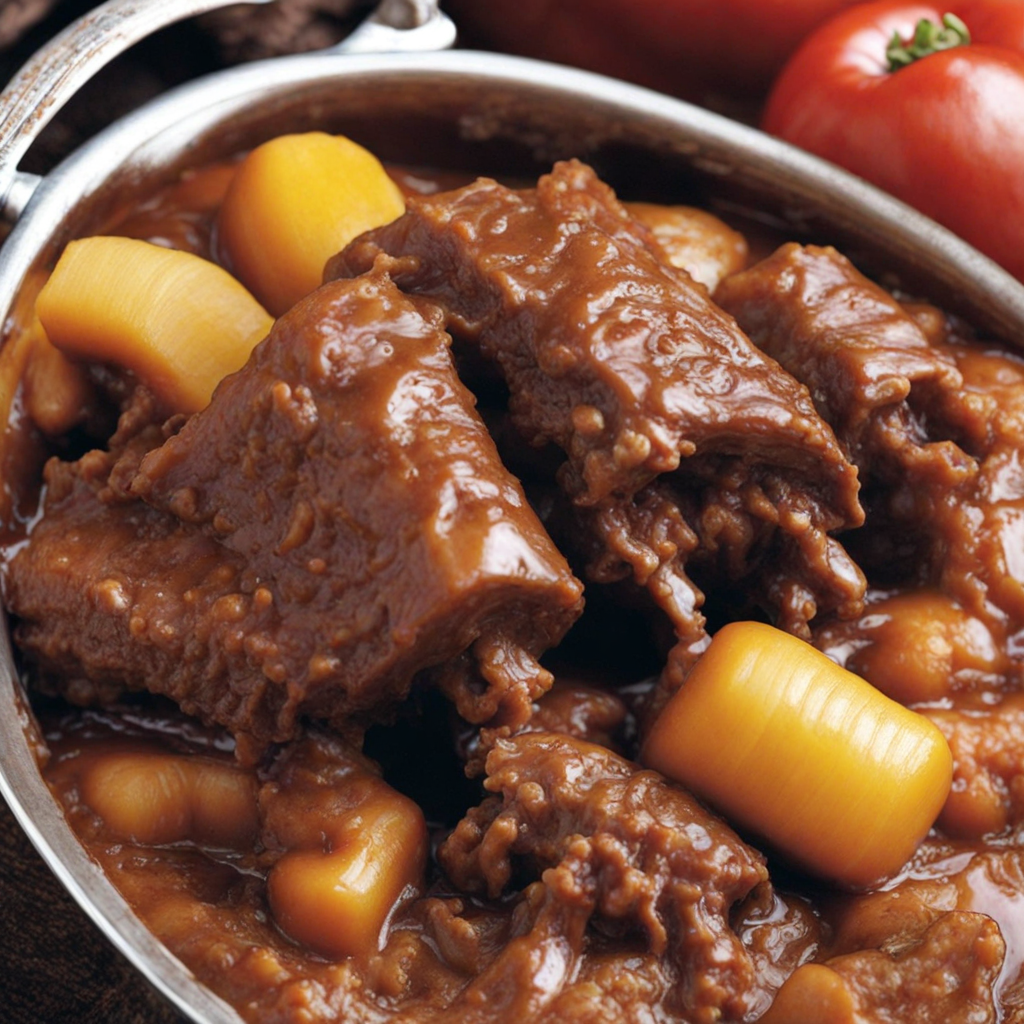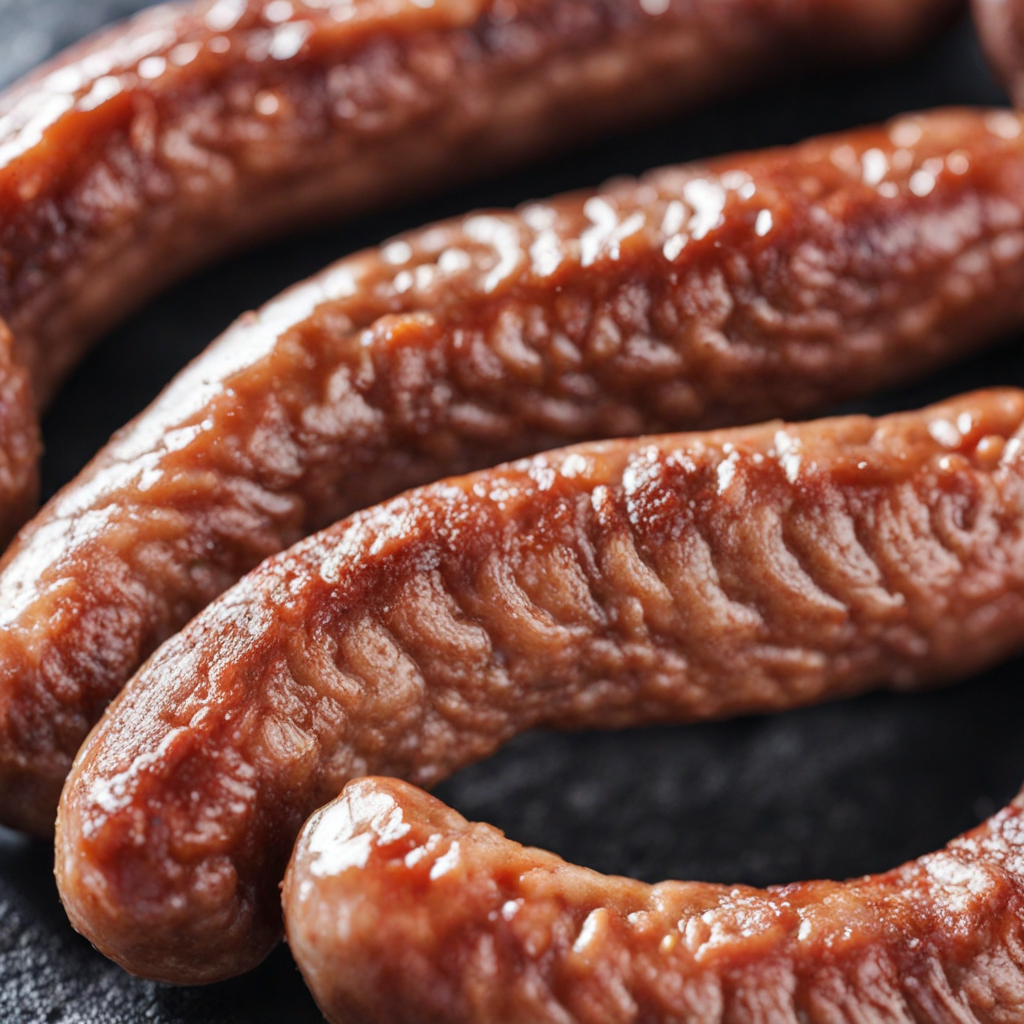Chikwangue
Chikwangue, a traditional dish from Zimbabwe, is a delightful culinary experience that showcases the rich flavors of the region. Made primarily from cassava, this starchy staple is processed into a thick paste, which is then wrapped in banana leaves and steamed until it reaches a soft, chewy consistency. The result is a versatile food that can be enjoyed in various ways, often served as an accompaniment to stews, grilled meats, or vegetables, making it a beloved choice among locals and a must-try for adventurous food lovers. One of the most appealing aspects of Chikwangue is its subtle flavor, which allows it to absorb the tastes of the dishes it's served with. This characteristic makes it a perfect canvas for vibrant sauces and rich gravies, enhancing the overall meal experience. Depending on the region and the chef's preference, Chikwangue can also be lightly seasoned with spices or even served with a side of spicy relish, adding an exciting kick that complements its smooth texture. In addition to its delicious taste, Chikwangue reflects the cultural significance of cassava in Zimbabwean cuisine. It is often enjoyed during family gatherings and celebrations, symbolizing unity and tradition. As you take a bite of this unique dish, you not only savor its delightful taste but also partake in the rich culinary heritage of Zimbabwe, making your journey into the world of Chikwangue a memorable one.
How It Became This Dish
Chikwangue: A Culinary Journey Through Zimbabwe's History #### Origins and Ingredients Chikwangue, a staple food originating from Zimbabwe, is a traditional dish made primarily from cassava (also known as manioc or yuca), which is a root vegetable native to South America but has become widely cultivated in Africa, particularly in regions with tropical climates. The introduction of cassava to Africa is attributed to Portuguese traders in the 16th century, who brought it from Brazil. Over time, it adapted remarkably well to the African soil and climate, becoming a significant food source for many communities. In Zimbabwe, chikwangue is crafted through a meticulous process that begins with peeling and grating the cassava. The grated cassava is then fermented for several days, allowing natural enzymes to break down the starches into sugars, resulting in a unique flavor profile and texture. After fermentation, the mixture is wrapped in banana leaves and steamed until it solidifies into a dense, chewy cake. This preparation method not only enhances its taste but also preserves the nutritional value of the cassava, making chikwangue a valuable source of carbohydrates, fiber, and vitamins. #### Cultural Significance Chikwangue holds a special place in Zimbabwean culture, particularly among the Shona and Ndebele people. It is often served as a side dish during communal meals and celebrations, symbolizing unity and togetherness. The act of preparing chikwangue is typically a communal effort, where family members or neighbors gather to partake in the labor-intensive process. This collaboration fosters strong community bonds and reflects the importance of sharing food and resources in Zimbabwean society. In many rural areas, chikwangue is more than just food; it represents resilience and adaptability. During periods of drought or economic hardship, when other crops may fail, cassava often remains a reliable source of sustenance. Therefore, chikwangue has become a symbol of endurance for communities, embodying the ability to thrive even in challenging circumstances. #### Development Over Time The history of chikwangue is intertwined with the socio-political evolution of Zimbabwe. In pre-colonial times, communities relied heavily on indigenous crops like millet and sorghum. The arrival of cassava marked a significant shift in agricultural practices. Its introduction provided a new avenue for food security, especially in regions prone to harsh climatic conditions. With the advent of colonial rule in the late 19th century, the agricultural landscape underwent further transformation. Colonial authorities imposed cash crop farming, often prioritizing crops like tobacco and cotton over traditional staples. While this led to economic changes, it also marginalized local food systems, including the cultivation of cassava and the preparation of chikwangue. Consequently, many traditional food practices faced decline, and chikwangue became less common in urban areas. However, the post-independence era in the 1980s saw a revival of interest in traditional foods, as Zimbabweans began to reconnect with their cultural heritage. Chikwangue, once overshadowed by Western dietary influences, regained popularity as people sought to celebrate their identity through food. This renaissance was supported by grassroots movements promoting local cuisine and sustainable agriculture, emphasizing the importance of preserving indigenous food practices. In recent years, chikwangue has transcended its traditional boundaries. It has found its way into modern culinary contexts, often served alongside contemporary dishes in restaurants and urban settings. This fusion highlights the adaptability of chikwangue, as it continues to be embraced by younger generations who appreciate its cultural significance and unique flavor. #### Cooking Variations and Serving Suggestions While traditional chikwangue is primarily made from cassava, variations exist, especially in different regions of Zimbabwe. Some families may incorporate ingredients such as groundnuts or spices to enhance the flavor. Additionally, the method of preparation can vary; some may choose to pan-fry the steamed chikwangue for a crispy texture, while others may serve it soft and chewy. Chikwangue is versatile in its serving options. It is often accompanied by savory stews, grilled meats, or vegetable dishes, making it a hearty complement to various meals. In urban areas, it is not uncommon to find chikwangue served as street food, enjoyed by locals and tourists alike. Its portability and satisfying nature make it a popular choice for those on the go. #### Conclusion Chikwangue is more than just a dish; it is a vessel of history, culture, and community in Zimbabwe. Its origins rooted in the introduction of cassava to the continent, the dish reflects the resilience and adaptability of the Zimbabwean people in the face of changing socio-economic landscapes. As traditions evolve and culinary boundaries expand, chikwangue remains a cherished part of Zimbabwe's culinary identity, serving as a reminder of the rich cultural tapestry woven through generations. In a world increasingly influenced by globalization, the continued relevance of chikwangue underscores the importance of preserving traditional food practices. By celebrating dishes like chikwangue, Zimbabweans not only honor their heritage but also pave the way for future generations to appreciate the flavors and stories that have shaped their culinary landscape. Thus, chikwangue stands as a delicious testament to the enduring spirit of Zimbabwean culture, nourishing both body and soul.
You may like
Discover local flavors from Zimbabwe







